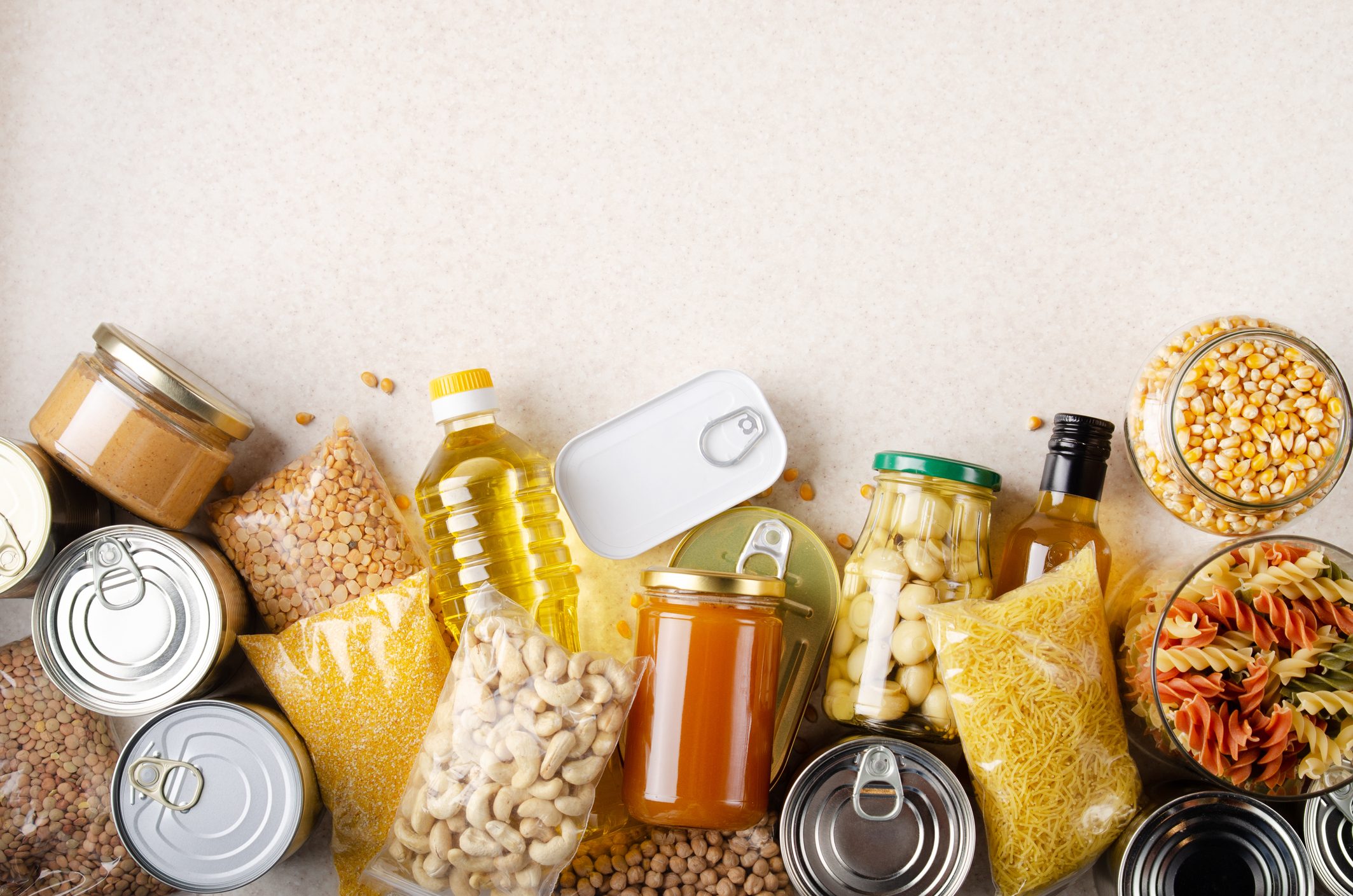;)
There really is nothing complicated about Spanish cooking. The down-to-earth flavors can be accomplished with only a few basic ingredients, and if you incorporate them into your dishes, you will have a Spanish flavor in no time.
Chickpeas

Chickpeas are well known for their use in hummus, but they are equally well suited to a variety of other dishes, such as stews, salads, or just blended up in soups, sauces and purees. Their nutty flavor adds a layer of depth, and because chickpeas are part of the legume family (pulses), they are jam packed with proteins, fiber, and other nutrients.
Chorizo

This is probably one of the most well-known Spanish exports. Made from pork, this spicy sausage has a distinctly Spanish flavor in and of itself, being well seasoned with paprika. The great thing of chorizo is that it’s available in a cured, ready-to-eat form (like salami), or as a raw product to be used in cooking. It adds a great flavor to stews and soups, but is equally well suited to just tossing onto the grill!
Pine nuts

Pine nuts are just that: they are the nuts derived from the cones of the Stone pine, a tree that is widespread in the Mediterranean. They are usually available in stores with their shells already removed, and you can just add them as is to your dish. They add a rich and creamy flavor to a dish, and are well worth experimenting with.
Saffron

Saffron is well-known for being the most expensive spice in the world. But luckily you only ever need a tiny amount to add a great flavor and color to your dishes. Saffron is painstakingly harvested from the flowers of saffron crocus bulbs (Crocus sativus, an iris-like plant), and harvesting is usually done in late autumn in certain parts of Spain. Saffron is often adulterated with safflower (Carthamus tinctorius, a type of daisy), so be sure to buy from a reputable brand.
Smoked paprika

A lot of Spain’s cuisine is characterized by smoked paprika, and there it is referred to as pimentón. This product has a distinctly earthy and smoky flower, and is made from dried, ground peppers. You can usually find it as either hot and spicy or mellow and sweet. Thus, you can experiment with both to determine which one you like best.
Sherry and sherry vinegar

There are a few varieties of sherry, and sherry from the Jerez in the southern parts of Spain is trending again nowadays. If you prefer your sherry dry and chilled, go for manzanilla. Otherwise, if you instead prefer a sweet sherry, go for pedro ximénez. Sherry can add some great flavor, so don’t be shy to experiment with it in your dishes!
Olive oil

In Spanish cooking, you will find a LOT of olive oil. Not only is it used in salad dressings and to drizzle on foods, but it’s often added to preserve anchovies, olives, and peppers. Often times, olive oil is used to fry foods, and it’s also drizzled over tapas. It’s of course a must-have ingredient for paella and gazpacho. Always make sure to get high-quality olive oil, even if you need to pay a little more for it.
Herbs

Herbs are essential for fresh Spanish cooking. They not only add color to your dishes, but gives you that quintessential freshness you would associate with Spanish cooking. Popular herbs are bay leaves, oregano, and parsley. Keep small potted herbs on your window sill so that they’re ready for picking!
Olives

Olives are the small fruits that grow on olive trees (Olea europaea). They are extremely popular in Spanish cooking. They’re eaten either on their own, or added to cooking. To use them in cooking, you can use them flavored or plain ones in brine. If you’ve ever visited Spain, you will know that a tapas platter without olives is extremely rare!
Cheese

Most cuisines have their own form of dairy they love. In Spain, there are a wide range of regional cheeses that they use. One of the most famous cheeses in Spain is Manchego, a flavorful cheese made from sheep’s milk. The cheeses can either be eaten raw, added to a tapas platter, or incorporated in cooking.
;Resize,width=712;)
;Resize,width=712;)
;Resize,width=712;)
;Resize,width=767;)
